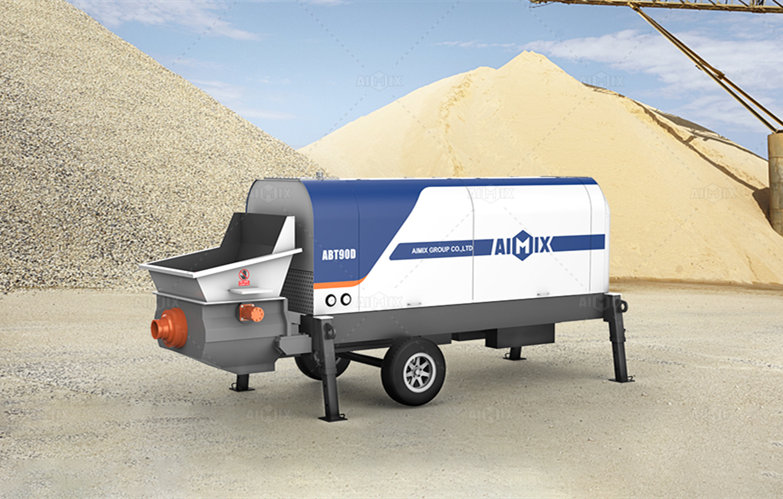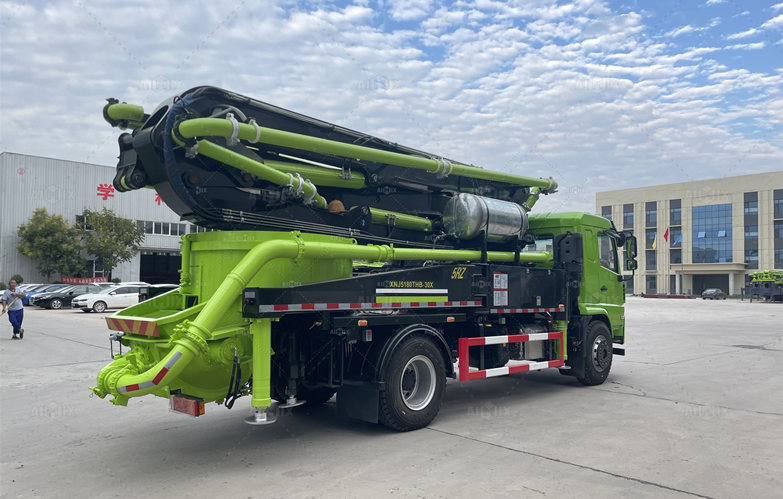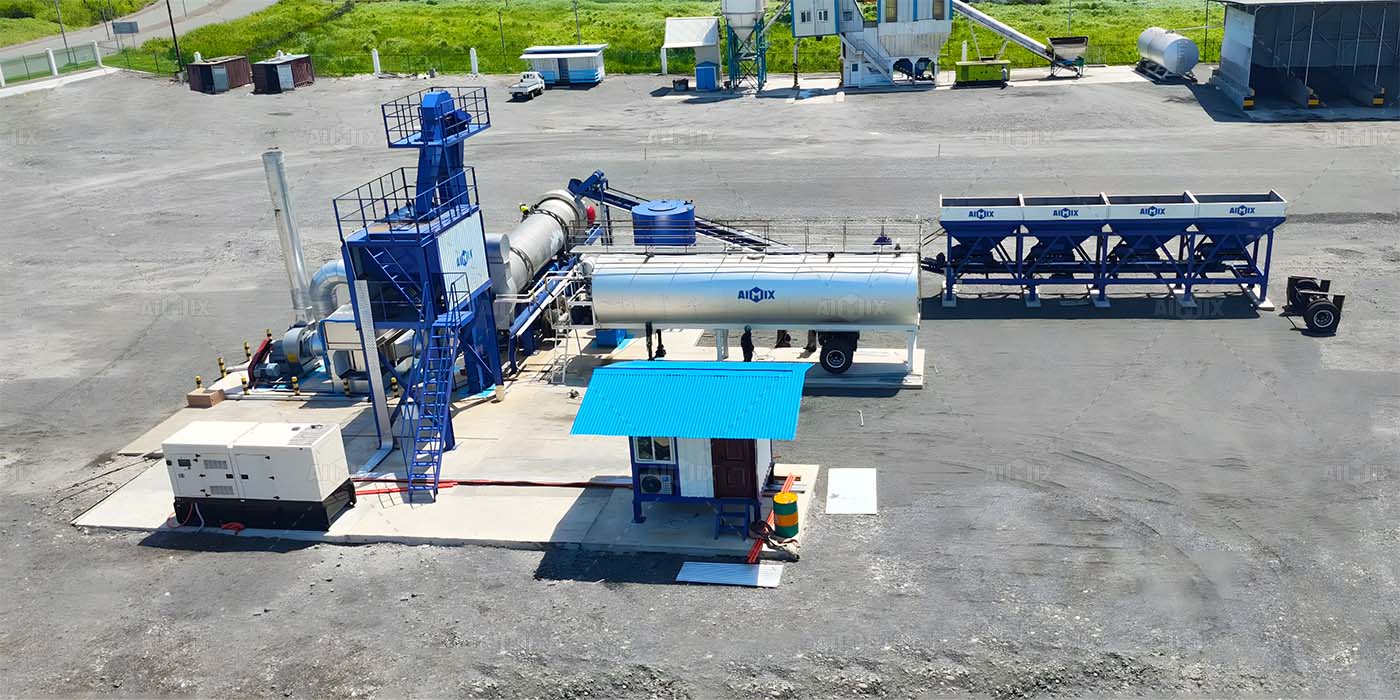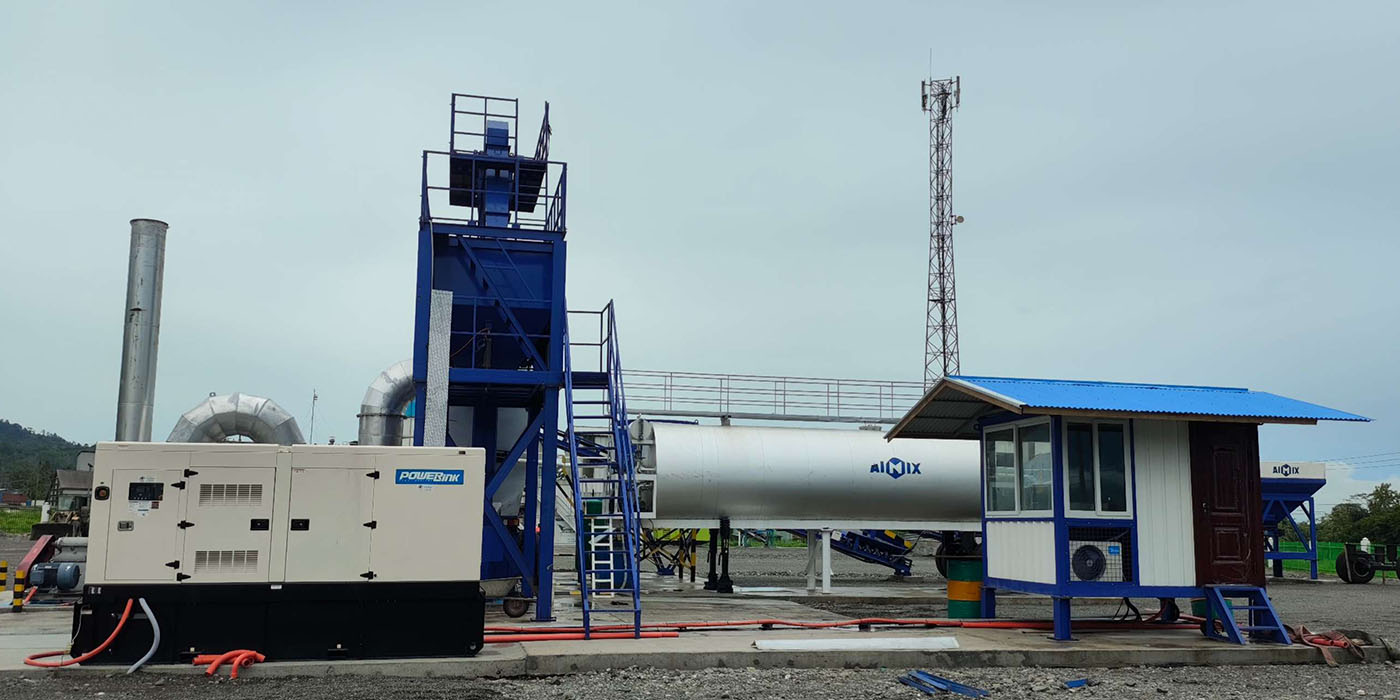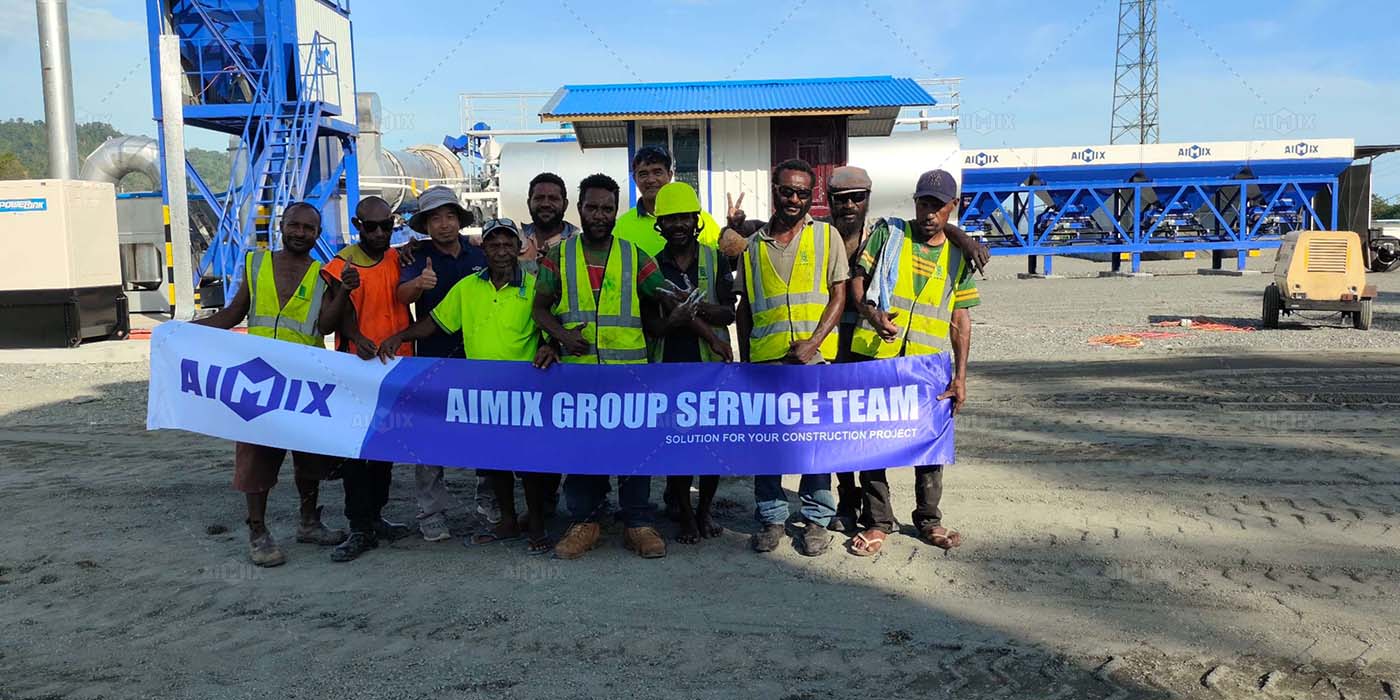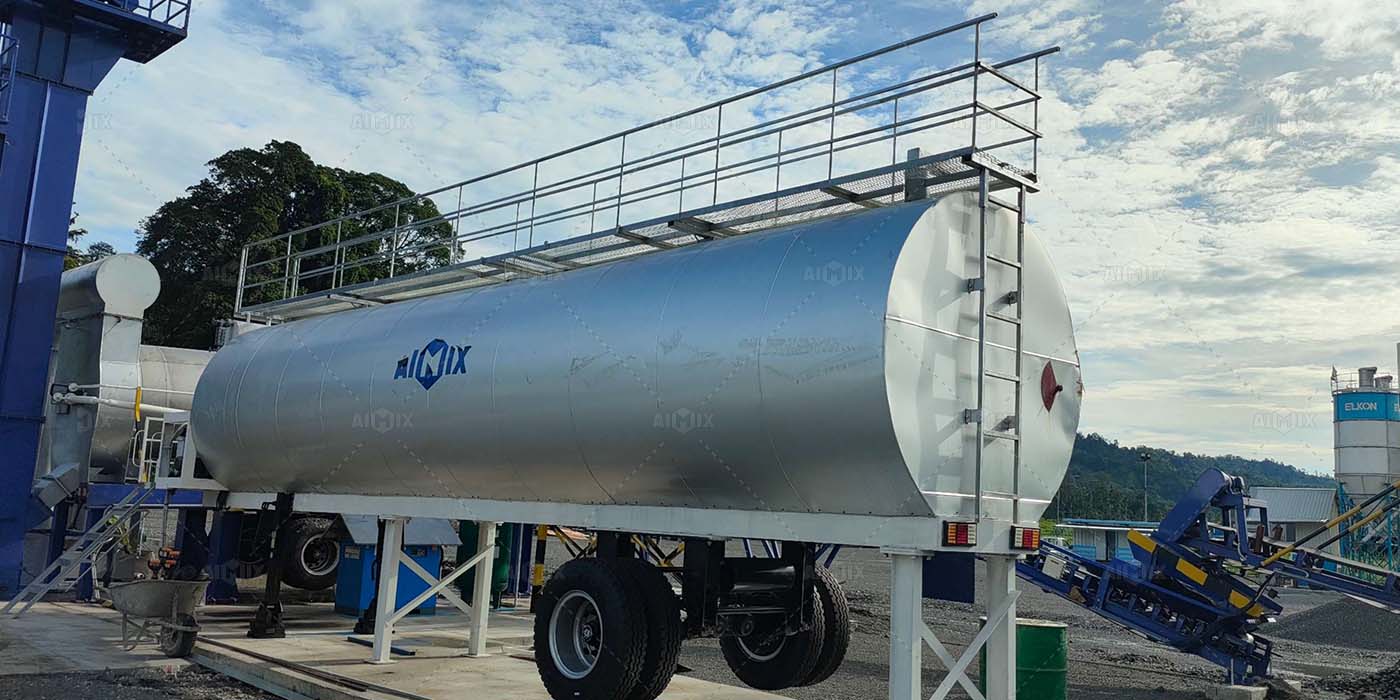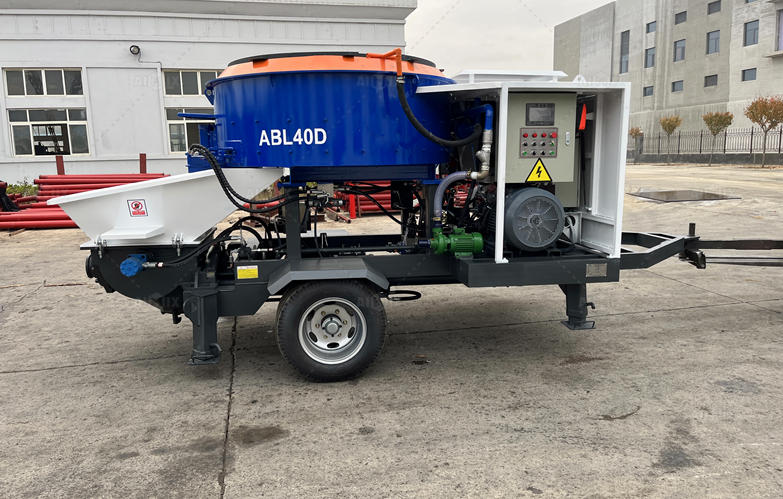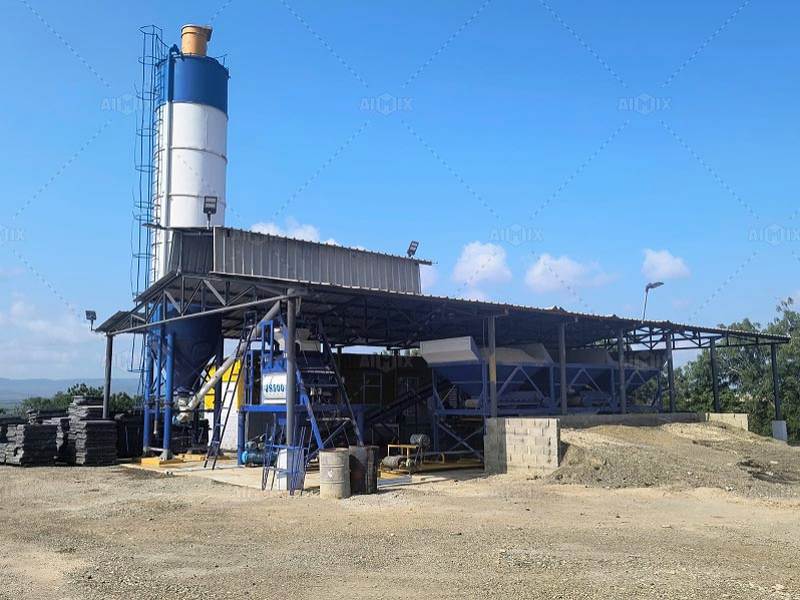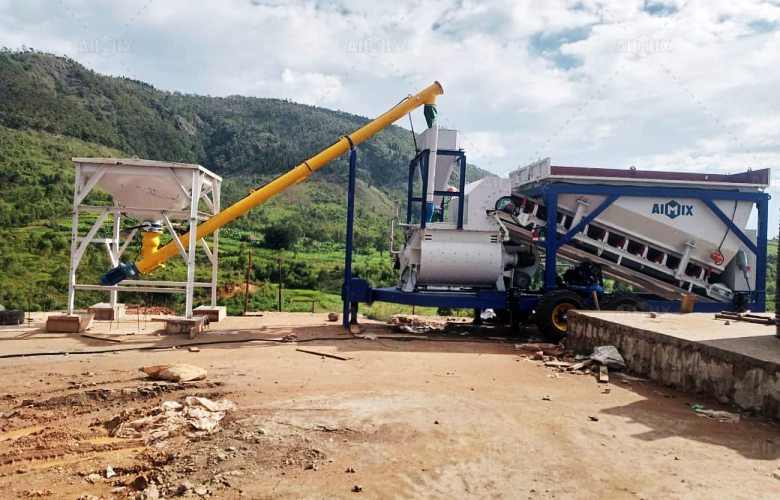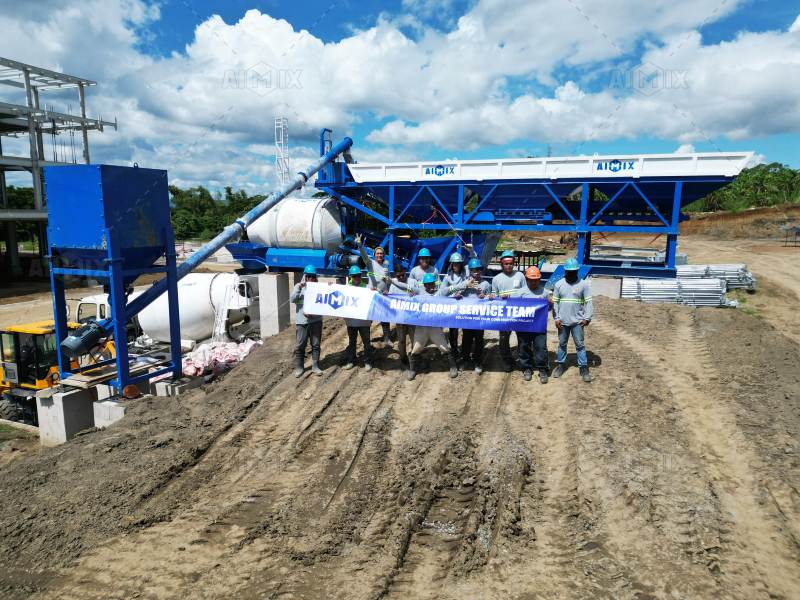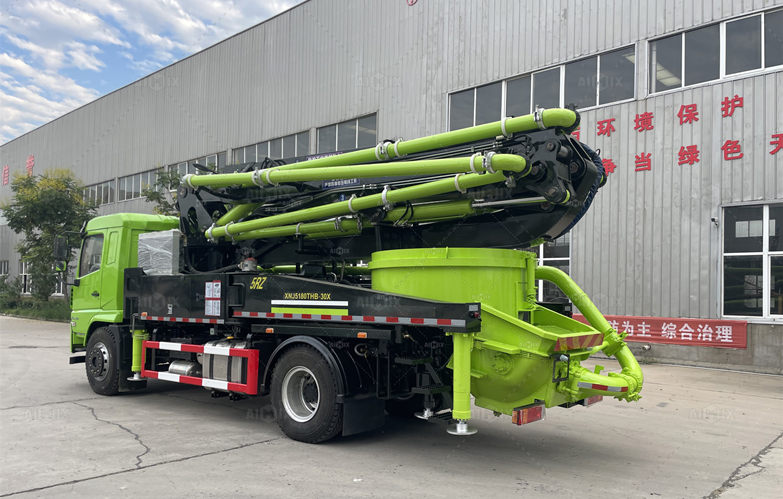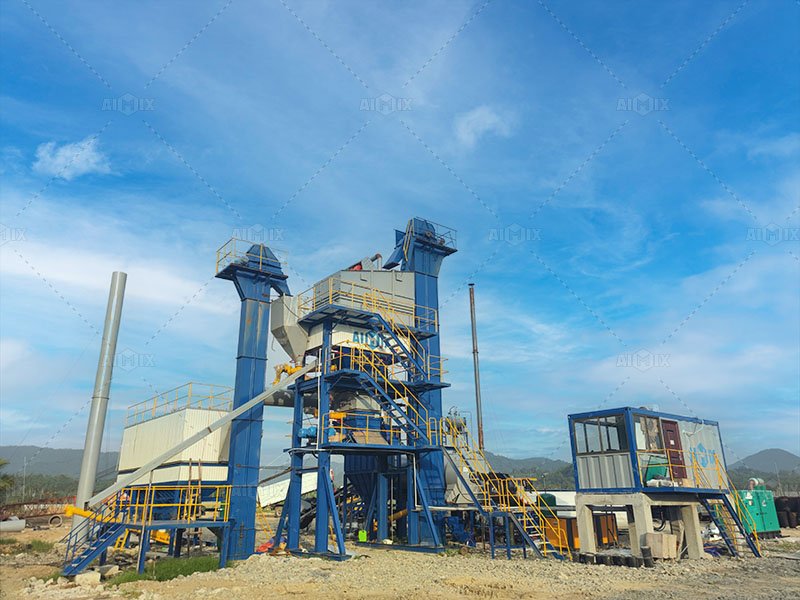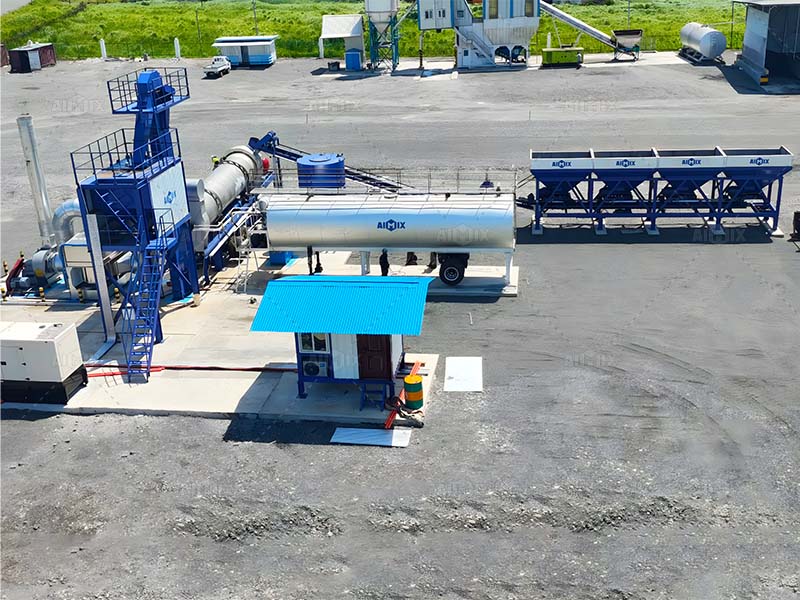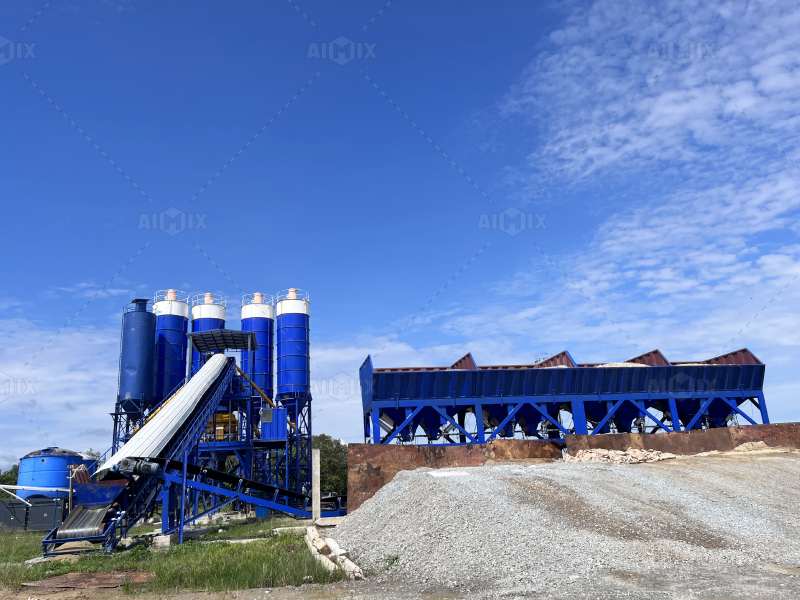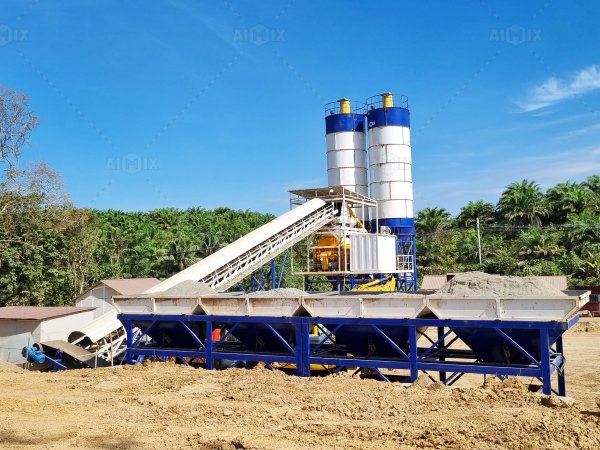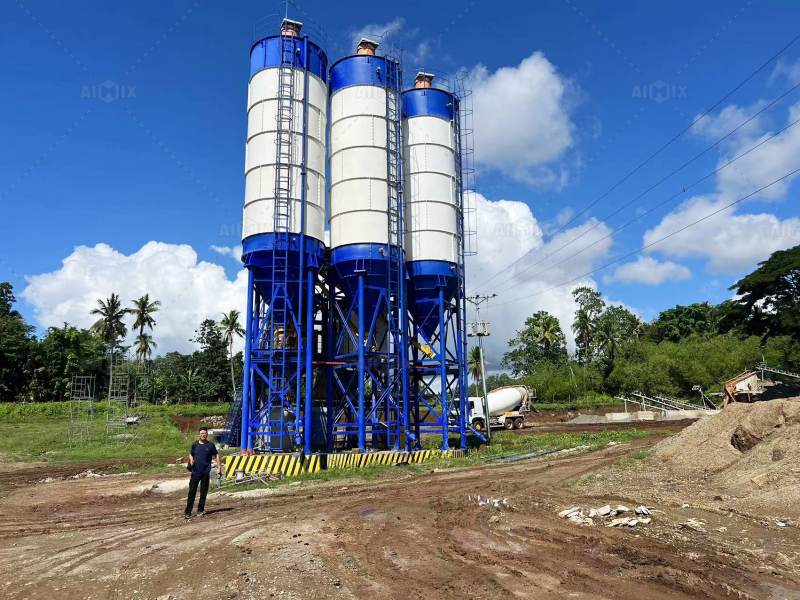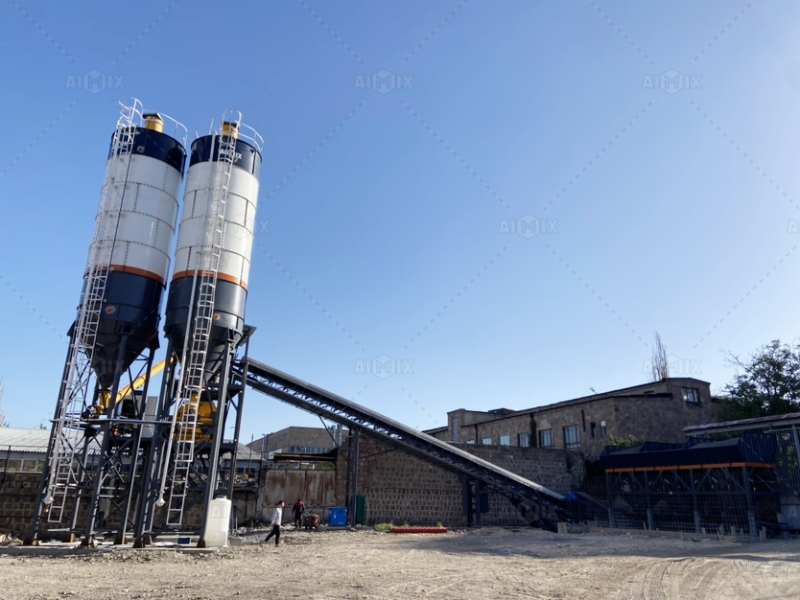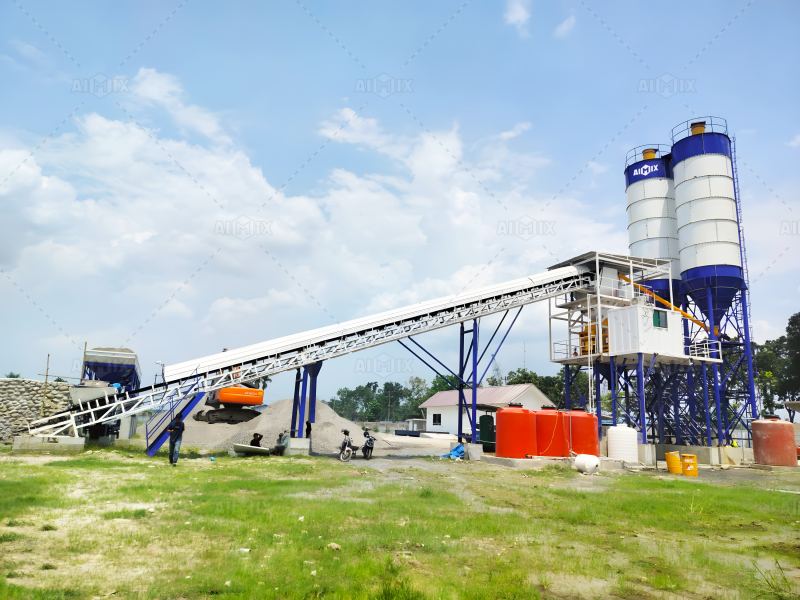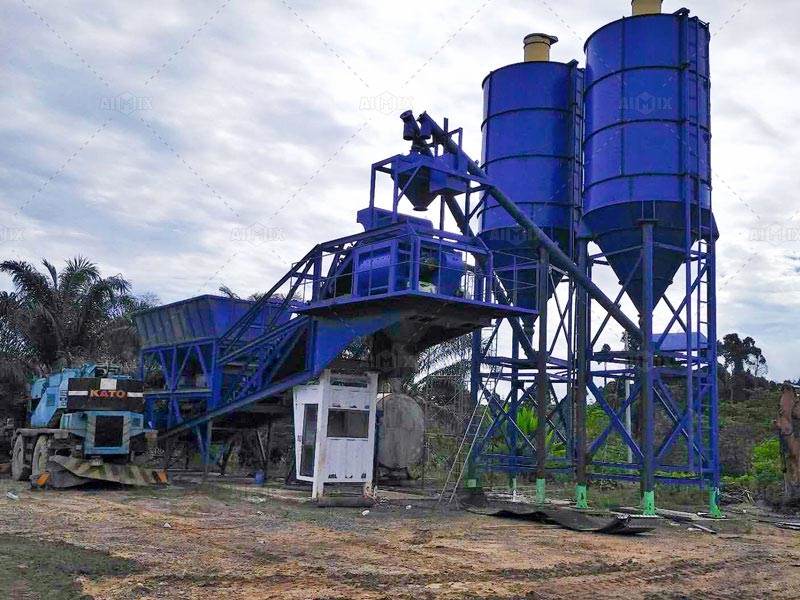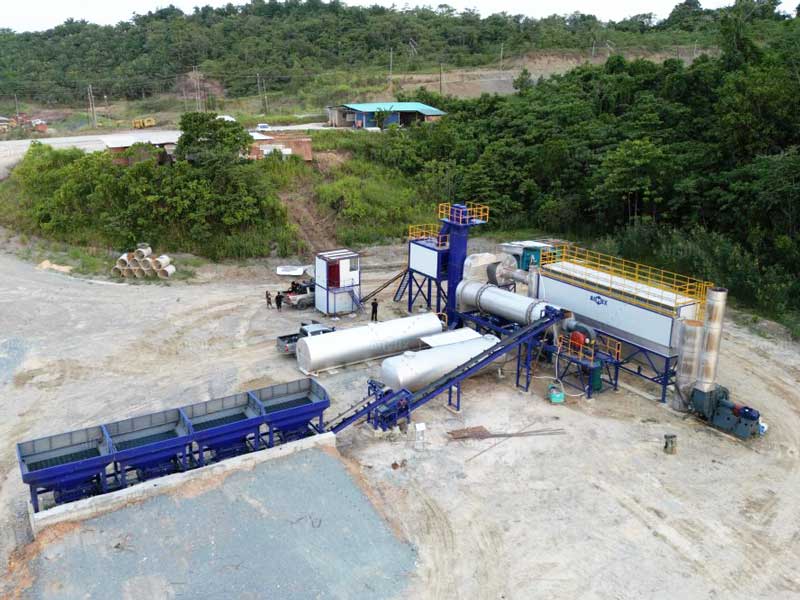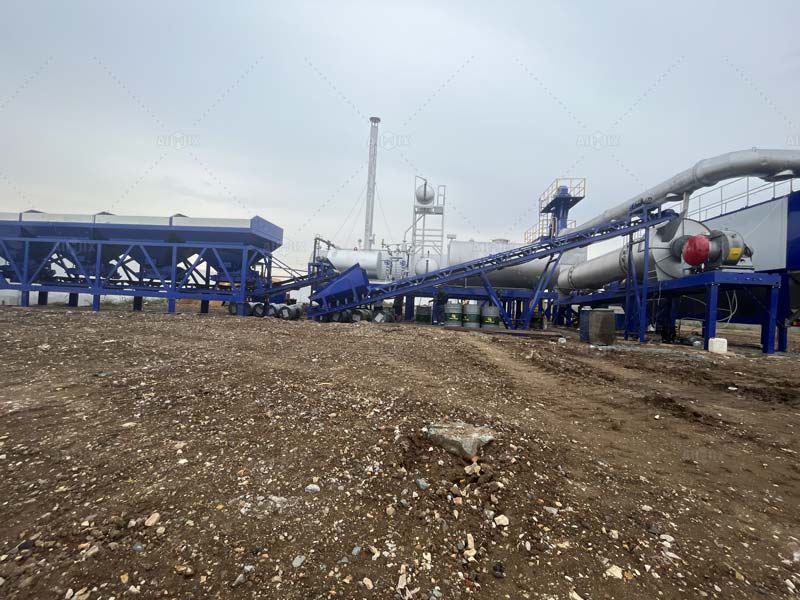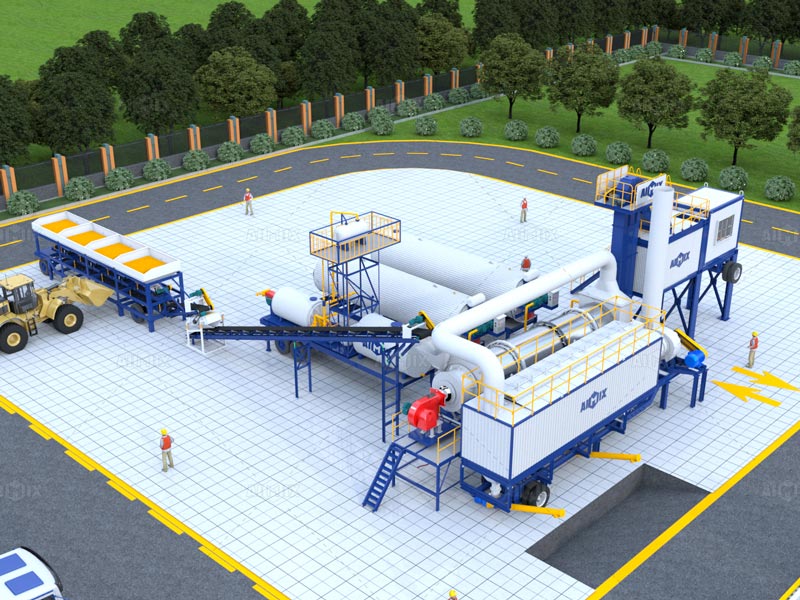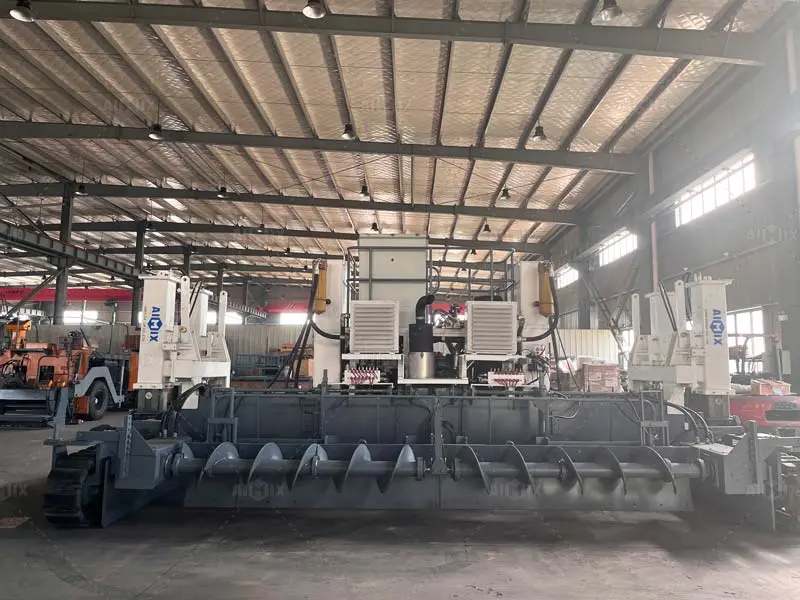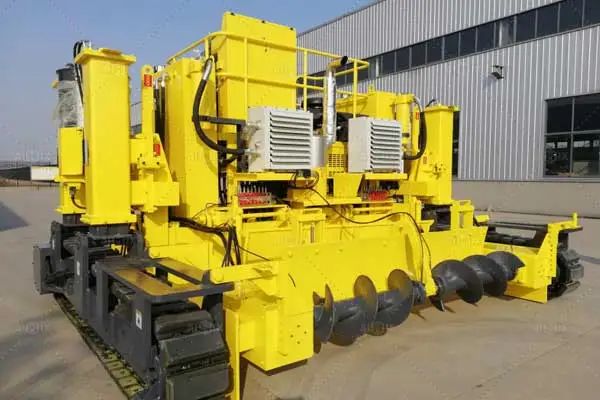Transporting portable concrete pumps for sale South Africa across the nation requires careful planning, the right equipment, and adherence to safety and legal regulations. Portable concrete pumps are valuable and often bulky pieces of construction equipment, and their transportation involves unique challenges. Whether you are a seller, buyer, or logistics provider, understanding the tools and processes needed for safe and efficient transportation is essential. This guide outlines the key tools, equipment, and considerations for transporting portable concrete pumps across the nation.
Transportation Vehicles
The first and most critical tool for transporting portable concrete pumps is the right vehicle. Depending on the size and weight of the pump, you may need one of the following:
a. Flatbed Trucks
Versatility: Flatbed trucks are ideal for transporting portable concrete pumps due to their open design, which allows for easy loading and unloading.
Capacity: Ensure the flatbed truck has the necessary weight capacity to handle the pump. Portable concrete pumps can weigh several tons, so a heavy-duty flatbed is often required.
b. Lowboy Trailers
Heavy-Duty Transport: Lowboy trailers are designed for heavy equipment and have a lower deck height, making them suitable for transporting taller portable concrete pumps.
Stability: These trailers provide excellent stability during transit, reducing the risk of damage to the pump.
c. Step Deck Trailers
Height Restrictions: Step deck trailers are useful when transporting pumps that exceed height restrictions for standard flatbed trucks. They have two deck levels, with the upper deck accommodating taller loads.
Versatility: Like flatbed trucks, step deck trailers offer flexibility in loading and unloading.
d. Specialized Transport Vehicles
Custom Solutions: For extremely large or heavy portable concrete pumps, specialized transport vehicles, such as modular trailers or multi-axle trucks, may be required. These vehicles are designed to handle oversized and overweight loads.
Loading and Unloading Equipment
Loading and unloading portable concrete pumps require specialized equipment to ensure safety and efficiency:
a. Forklifts
Heavy Lifting: Forklifts with sufficient lifting capacity are essential for moving portable concrete pumps onto and off transport vehicles.
Precision: Forklifts allow for precise placement of the pump, reducing the risk of damage during loading and unloading.
b. Cranes
Heavy-Duty Lifting: For larger pumps, cranes may be necessary to lift and position the equipment onto the transport vehicle.
Versatility: Cranes can handle a wide range of load sizes and weights, making them suitable for various portable concrete pumps.
c. Hydraulic Jacks and Skates
Maneuverability: Hydraulic jacks and skates are useful for moving pumps short distances, such as within a warehouse or onto a transport vehicle.
Stability: These tools provide stability and control during the movement of heavy equipment.
Securing and Stabilizing Tools
Properly securing the portable concrete pump during transport is crucial to prevent movement and potential damage:
a. Tie-Down Straps and Chains
Heavy-Duty Straps: Use heavy-duty tie-down straps and chains to secure the pump to the transport vehicle. Ensure the straps are rated for the weight of the pump.
Multiple Points: Secure the pump at multiple points to distribute the load evenly and prevent shifting during transit.
b. Load Bars and Blocks
Stability: Load bars and blocks can be used to stabilize the pump and prevent lateral movement.
Custom Fit: Adjust the bars and blocks to fit the specific dimensions of the pump, ensuring a snug and secure fit.
c. Rubber Mats and Padding
Protection: Place rubber mats or padding between the pump and the transport vehicle to protect the equipment from scratches and vibrations.
Non-Slip Surface: Rubber mats also provide a non-slip surface, reducing the risk of movement during transit.
Safety and Compliance Tools
Transporting portable concrete pumps across the nation requires adherence to safety and legal regulations. The following tools and equipment are essential for compliance:
a. Warning Signs and Flags
Visibility: Attach warning signs and flags to the transport vehicle to alert other drivers to the presence of an oversized or heavy load.
Regulatory Compliance: Ensure the signs and flags meet local and national regulations for transporting heavy equipment.
b. Permits and Documentation
Transport Permits: Obtain the necessary transport permits for oversized or overweight loads. This may include state and federal permits, depending on the route.
Documentation: Keep all relevant documentation, including permits, insurance, and equipment specifications, readily available during transport.
c. Safety Equipment
Emergency Kit: Carry an emergency kit that includes reflective vests, cones, flares, and a first aid kit.
Fire Extinguisher: Ensure the transport vehicle is equipped with a fire extinguisher rated for electrical and fuel fires.
Route Planning and Navigation Tools
Planning the transport route is essential to ensure a smooth and efficient journey:
a. GPS and Navigation Systems
Route Optimization: Use GPS and navigation systems to plan the most efficient route, considering factors such as road conditions, height restrictions, and weight limits.
Real-Time Updates: Choose a navigation system that provides real-time updates on traffic, road closures, and weather conditions.
b. Route Surveys
Pre-Trip Inspection: Conduct a pre-trip inspection of the planned route to identify potential obstacles, such as low bridges, narrow roads, or construction zones.
Alternative Routes: Plan alternative routes in case of unexpected road closures or delays.
Communication and Tracking Tools
Maintaining communication and tracking the transport vehicle is crucial for safety and coordination:
a. Two-Way Radios
Communication: Equip the transport vehicle with two-way radios to maintain communication between the driver and support team.
Emergency Contact: Ensure the driver has a list of emergency contacts and can communicate with them if needed.
b. GPS Tracking Systems
Real-Time Tracking: Use GPS tracking systems to monitor the location of the transport vehicle in real-time.
Theft Prevention: GPS tracking also helps prevent theft and provides valuable data in case of an emergency.
Transporting portable concrete pumps for sale across the nation requires a combination of the right tools, equipment, and careful planning. From selecting the appropriate transportation vehicle and loading equipment to securing the pump and ensuring compliance with safety and legal regulations, each step is crucial for a successful and safe transport. By using the tools and strategies outlined in this guide, you can ensure that your portable concrete pumps are transported efficiently and securely, minimizing the risk of damage and delays. Whether you are a seller, buyer, or logistics provider, understanding these tools and processes will help you navigate the complexities of transporting heavy construction equipment across the nation.
